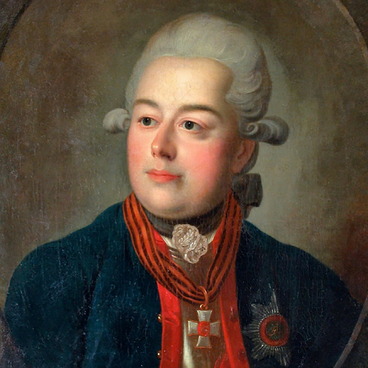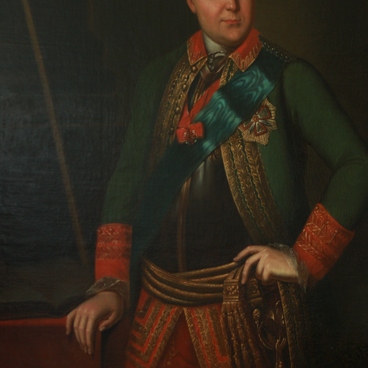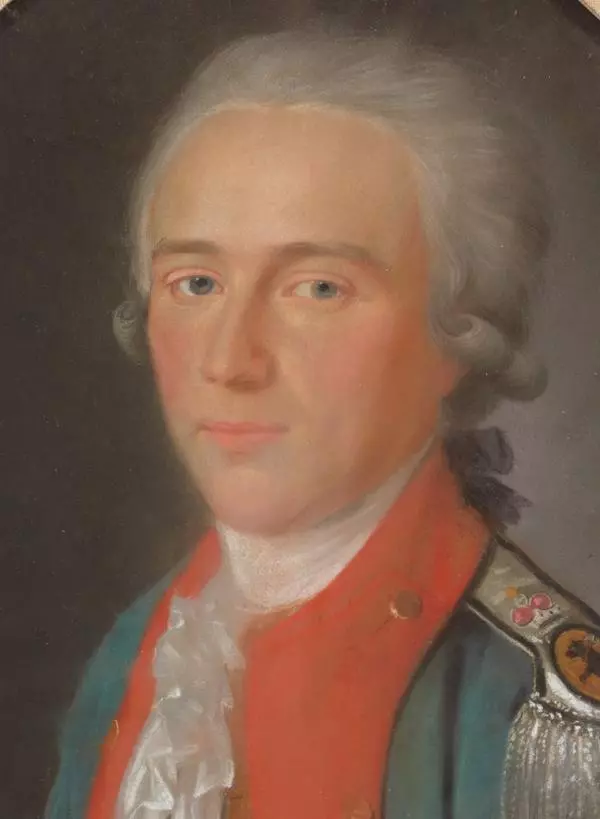Prince Mikhail Petrovich Golitsyn was a privy councilor, stallmaster, chamberlain and bibliomaniac from the Golitsyn family. The prince twice held the post of the Bogorodsky district leader of the nobility. His father, Pyotr Mikhailovich Golitsyn, was one of the leaders of the suppression of the Pugachev uprising and owned several honorary military awards. His son, Michael, served at court and did not make much progress in this field. Having received the rank of chamberlain in 1806, he retired and moved to Moscow.
Collecting was the real passion of Prince Mikhail Golitsyn. Many court officials of St. Petersburg pre-arranged mansions for themselves in Moscow, where they moved after completing their service. They all furnished their homes with special taste, decorating them with a variety of art and luxury items. However, even in this diversity, Golitsyn’s collection stood apart, because it was his house that contemporaries called the “Moscow Hermitage”.
The prince approached to his collection very seriously, he took part in almost all auctions of the early 19th century. Within these auctions Golitsyn became the owner of many interesting and rare works. At such events, he bought individual items related to the collections of Moscow completists Nikolai Fedorovich Khitrovo, Mikhail Mikhailovich Golitsyn, Pyotr Gavrilovich Golovkin and others. The prince also took part in the sale of the gallery of the Golitsyn hospital in 1817-1818. Among the main works in the collection of Mikhail Petrovich were works of the Flemish school: canvases by Peter Paul Rubens, David Teniers, Jacob van Ruisdael and other famous authors. The Count’s collection also included paintings by the Italian painter Antonio da Correggio. Golitsyn’s collection also included antique sculptures and a huge library with many rare publications and manuscripts.
Art objects were kept in the city estate of Golitsyn on Staraya Basmannaya Street in Moscow, as well as in the Pekhra-Yakovlevskoye estate near Moscow.
Of course, having such an expensive hobby, the prince eventually went bankrupt, and after 1825 he was forced to sell his collection. The richest library, which included books in European languages, was transported by the prince to Paris. In 1825 he published a catalog of his book collection and sold everything at auction. Mikhail Golitsyn died in poverty, being in the care of his cousin Sergei Mikhailovich Golitsyn.
Collecting was the real passion of Prince Mikhail Golitsyn. Many court officials of St. Petersburg pre-arranged mansions for themselves in Moscow, where they moved after completing their service. They all furnished their homes with special taste, decorating them with a variety of art and luxury items. However, even in this diversity, Golitsyn’s collection stood apart, because it was his house that contemporaries called the “Moscow Hermitage”.
The prince approached to his collection very seriously, he took part in almost all auctions of the early 19th century. Within these auctions Golitsyn became the owner of many interesting and rare works. At such events, he bought individual items related to the collections of Moscow completists Nikolai Fedorovich Khitrovo, Mikhail Mikhailovich Golitsyn, Pyotr Gavrilovich Golovkin and others. The prince also took part in the sale of the gallery of the Golitsyn hospital in 1817-1818. Among the main works in the collection of Mikhail Petrovich were works of the Flemish school: canvases by Peter Paul Rubens, David Teniers, Jacob van Ruisdael and other famous authors. The Count’s collection also included paintings by the Italian painter Antonio da Correggio. Golitsyn’s collection also included antique sculptures and a huge library with many rare publications and manuscripts.
Art objects were kept in the city estate of Golitsyn on Staraya Basmannaya Street in Moscow, as well as in the Pekhra-Yakovlevskoye estate near Moscow.
Of course, having such an expensive hobby, the prince eventually went bankrupt, and after 1825 he was forced to sell his collection. The richest library, which included books in European languages, was transported by the prince to Paris. In 1825 he published a catalog of his book collection and sold everything at auction. Mikhail Golitsyn died in poverty, being in the care of his cousin Sergei Mikhailovich Golitsyn.




